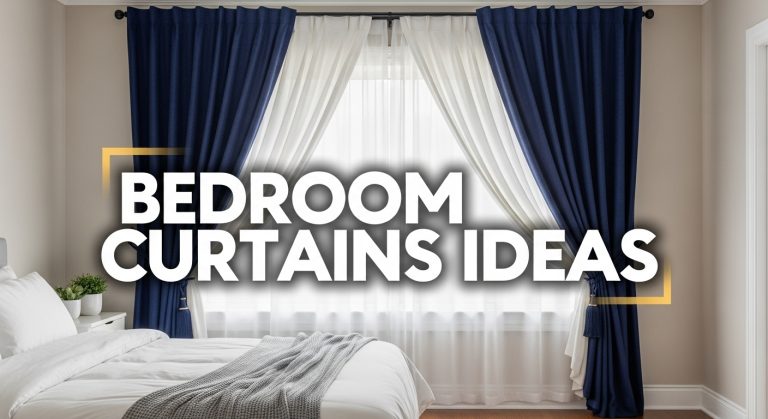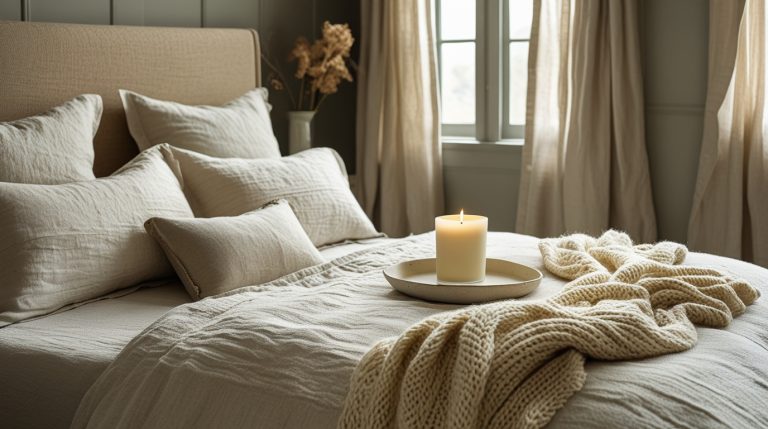Which Wood is Best for Home Flooring? A Complete Guide for Homeowners
Wood flooring has been admired for centuries for its timeless beauty, durability, and natural warmth. Choosing the right type of wood, however, can be overwhelming. With so many species, finishes, and grades available, homeowners often wonder: Which wood is best for home flooring?
The answer depends on multiple factors, including durability, cost, climate, lifestyle, and personal style preferences. In this guide, we’ll explore the history and science of wood flooring, compare popular species, examine modern alternatives, and provide expert insights to help you make the right choice for your home.
By the end, you’ll understand not just which wood species are commonly used but also how to match wood type to your unique needs.
The History of Wood Flooring
Wood flooring dates back to the 1600s in Europe, where hand-scraped planks were laid in grand estates. By the 18th and 19th centuries, parquet floors with intricate geometric patterns became popular in aristocratic homes. In North America, wide pine planks were standard in colonial houses.
Modern wood flooring evolved significantly in the 20th century, with innovations such as engineered hardwood making wood more accessible and versatile. Today, wood remains one of the most desirable flooring options due to its aesthetic appeal and longevity.
Key Factors in Choosing Wood Flooring
Before exploring species, it’s important to understand the criteria that determine what makes a wood floor “best” for a home.
Durability
Measured by the Janka hardness scale, durability determines how resistant a wood is to dents and scratches.
Appearance
Color, grain, and texture vary widely between species. Some woods age gracefully, while others change dramatically over time.
Maintenance
Certain woods require regular refinishing, while others are naturally resistant to stains and moisture.
Climate Compatibility
Wood expands and contracts with humidity. Some species handle fluctuations better than others.
Cost
Exotic hardwoods can be expensive, while domestic options like oak and maple are more affordable.
Sustainability
Eco-conscious homeowners often look for responsibly harvested wood certified by the Forest Stewardship Council (FSC).
Popular Types of Wood for Flooring
Oak (Red and White Oak)
- Durability: Highly durable (Janka 1,290 for red, 1,360 for white)
- Appearance: Prominent grain, available in warm tones
- Pros: Widely available, affordable, takes stain well
- Cons: Grain may appear busy in minimalist interiors
- Best for: Traditional, rustic, or transitional styles
Maple
- Durability: Hard (Janka 1,450)
- Appearance: Light, smooth grain, subtle look
- Pros: Brightens rooms, highly durable
- Cons: Difficult to stain evenly
- Best for: Modern and contemporary homes
Hickory
- Durability: Very hard (Janka 1,820)
- Appearance: Bold grain, varied tones
- Pros: Extremely tough, resists wear
- Cons: Can look too busy for some styles
- Best for: High-traffic homes, rustic settings
Cherry (American and Brazilian)
- Durability: American cherry is softer (Janka 950), Brazilian cherry is harder (Janka 2,350)
- Appearance: Rich reddish tones, fine grain
- Pros: Elegant, deepens in color with age
- Cons: Softer American cherry dents easily
- Best for: Formal living rooms, low-traffic spaces
Walnut
- Durability: Moderate (Janka 1,010)
- Appearance: Dark, luxurious, straight grain
- Pros: Sophisticated look, warm tones
- Cons: Less durable than oak or hickory
- Best for: Bedrooms, low-traffic areas
Pine
- Durability: Softer wood (Janka 380–870 depending on type)
- Appearance: Wide planks, knots, warm tones
- Pros: Affordable, rustic charm
- Cons: Easily dents and scratches
- Best for: Country-style homes, cottages
Exotic Hardwoods (Teak, Mahogany, Tigerwood)
- Durability: Extremely hard (many above Janka 2,000)
- Appearance: Unique grains, vibrant colors
- Pros: Luxurious, highly durable
- Cons: Expensive, may not be sustainably harvested
- Best for: Luxury homes, statement interiors
Comparison Table: Wood Species for Flooring
| Wood Species | Janka Hardness | Appearance | Pros | Cons | Best For |
|---|---|---|---|---|---|
| Red Oak | 1,290 | Warm grain | Affordable, classic | Busy grain | Traditional, rustic |
| White Oak | 1,360 | Smooth, light | Durable, versatile | Slightly pricier | Transitional, modern |
| Maple | 1,450 | Light, subtle | Brightens rooms | Hard to stain | Contemporary |
| Hickory | 1,820 | Bold, varied | Extremely tough | Busy grain | High-traffic areas |
| Cherry (Am.) | 950 | Rich red | Elegant | Soft | Formal spaces |
| Walnut | 1,010 | Dark, sleek | Sophisticated | Less durable | Bedrooms |
| Pine | 380–870 | Rustic, knotty | Affordable | Soft | Cottages |
| Exotic woods | 2,000+ | Unique, dramatic | Luxurious | Expensive | Luxury interiors |
Solid Hardwood vs Engineered Hardwood
Solid Hardwood
- Made from a single piece of wood
- Can be sanded and refinished multiple times
- Sensitive to humidity changes
Engineered Hardwood
- Multiple layers with a hardwood veneer
- More stable in humid climates
- Limited refinishing ability
Quick Comparison
| Factor | Solid Hardwood | Engineered Hardwood |
|---|---|---|
| Refinishing | Multiple times | 1–2 times |
| Durability | High | Moderate–High |
| Cost | Higher | More affordable |
| Climate resilience | Poor in humid areas | Excellent stability |
Maintenance Considerations
- Harder woods (hickory, oak, maple) require less maintenance.
- Softer woods (pine, cherry, walnut) scratch more easily but can be refinished.
- Regular sweeping and use of area rugs protect finishes.
Example Formula for Choosing Flooring
Best Flooring = (Durability Score × Lifestyle Needs) + (Appearance Score × Style Preference) – (Cost × Budget Constraint)
This simple decision formula helps homeowners balance practical and aesthetic factors.
Environmental and Sustainability Factors
According to the Forest Stewardship Council (FSC), responsibly sourced wood helps preserve forests and biodiversity. Bamboo and cork, while not technically wood, are eco-friendly flooring alternatives with increasing popularity.
Statistics and Data
- Hardwood flooring increases home resale value by up to 2.5%, according to the National Association of Realtors.
- Oak accounts for over 70% of hardwood flooring sales in the U.S. due to availability and durability.
- Engineered hardwood now makes up 60% of wood flooring sales worldwide, thanks to its stability and cost-effectiveness.
Visualization Example
Imagine a pie chart of U.S. wood flooring market share:
- Oak: 70%
- Maple: 10%
- Hickory: 7%
- Walnut: 5%
- Cherry & Others: 8%
This demonstrates oak’s dominance but also shows diversity in consumer preferences.
DIY vs Professional Installation
| Task | DIY Friendly? | Professional Required? |
|---|---|---|
| Floating engineered floors | ✅ | Optional |
| Nail-down hardwood | ❌ | ✅ |
| Refinishing floors | ⚠️ Challenging | ✅ Recommended |
| Exotic hardwood installation | ❌ | ✅ Always |
Case Study: Choosing the Right Wood
A family in Boston debated between walnut and oak. They loved walnut’s elegance but had three children and a dog. Given durability needs, they chose white oak with a mid-tone stain. This provided timeless beauty, resilience against scratches, and easy maintenance—demonstrating how lifestyle should drive wood selection.
Helpful Resources
- Forest Stewardship Council
- National Wood Flooring Association
- U.S. Department of Agriculture: Wood Handbook
For wood species comparisons, see this [YouTube guide](INSERT LINK).
For installation tutorials, see this [YouTube tutorial](INSERT LINK).
For expert advice on refinishing, see this [YouTube video](INSERT LINK).
Conclusion
The best wood for home flooring depends on your needs, lifestyle, and style preferences. Oak remains the most popular choice for its balance of affordability and durability. Maple suits modern spaces, hickory works well for busy households, walnut offers elegance, and exotic species bring luxury. Pine and softer woods appeal to those seeking rustic charm on a budget.
By understanding durability, aesthetics, cost, and climate compatibility, you can make a well-informed decision. Whether you choose solid or engineered hardwood, investing in quality flooring enhances comfort, beauty, and long-term home value.
Looking ahead, sustainable and engineered options will continue to expand, giving homeowners even more ways to blend style with environmental responsibility.







